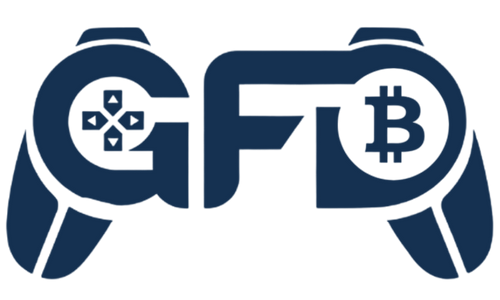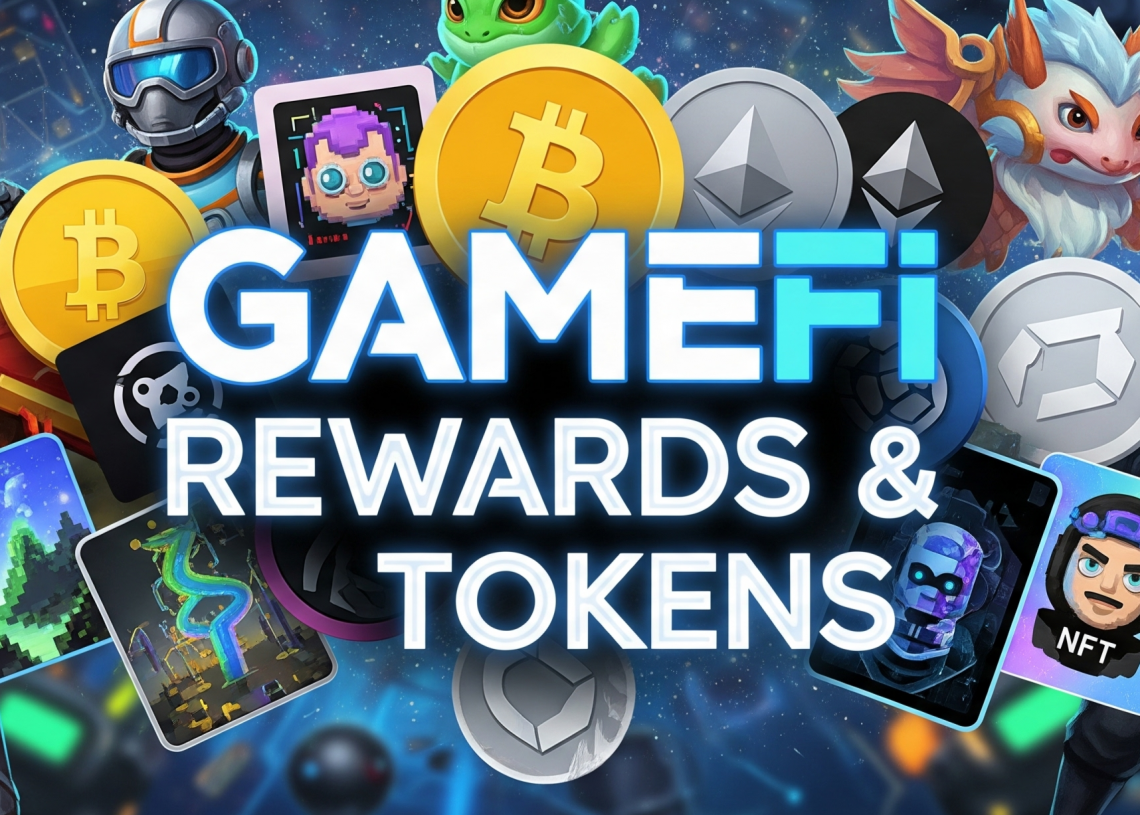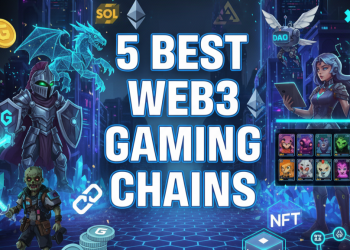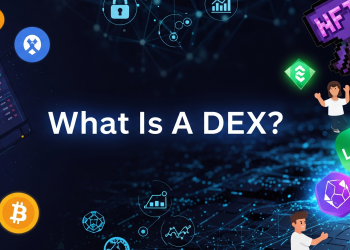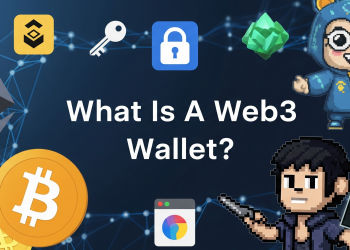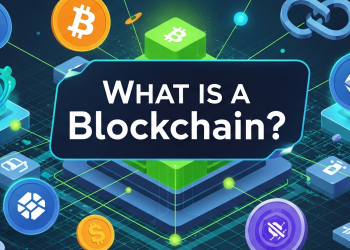GameFi combines gaming with decentralized finance (DeFi), giving players both entertainment and economic incentives. Rewards and tokens are at the heart of this ecosystem. They define how rewards move between players, developers, and investors. To truly understand GameFi, you need to know how these tokens and NFTs work, why they exist, and what risks and opportunities they bring.
What Are GameFi Rewards?
GameFi rewards are digital assets that players receive for participating in a game’s ecosystem. These can include:
- Fungible tokens: gaming tokens often used for trading or in-game spending.
- Governance tokens: assets that allow the holders to vote on matters of the project’s future
- NFTs (Non-Fungible Tokens): unique digital items such as characters, land, or mounts that can be used in-game
- Off-chain points with on-chain conversion: some games reduce inflation by rewarding points internally and only allowing conversion to tokens under specific conditions.
Example ecosystems:
- Axie Infinity uses SLP as a gameplay reward and AXS for governance.
- StepN distributes GST when users move, while GMT controls governance and premium features.
- Star Atlas has ATLAS for payments and POLIS for long-term governance.
How Rewards Are Distributed in GameFi?
Projects don’t magically mint rewards; they create them through a mix of token emissions, in-game sinks, and player activity loops.
- Gameplay Rewards
- Players earn some tokens by finishing activities, winning PvP fights, or advancing through leaderboards.
Example: In Axie Infinity, every battle minted SLP into circulation.
- Players earn some tokens by finishing activities, winning PvP fights, or advancing through leaderboards.
- Staking & Mining
- Players lock tokens or NFTs to support the network or game economy, and in return, they receive periodic rewards.
Example: On Illuvium, staking ILV allows investors to earn yield and gain a portion of the platform revenue.
- Players lock tokens or NFTs to support the network or game economy, and in return, they receive periodic rewards.
- Event-Based Distribution
- Some rewards are given through seasonal tournaments, special missions, and limited-time quests.
Example: Guild of Guardians organizes seasonal leaderboards, which offer tokens and NFT drops as rewards.
- Some rewards are given through seasonal tournaments, special missions, and limited-time quests.
- Secondary Rewards
- There are some ecosystems that add value aspects such as raffles, treasure chests, or referral bonuses.
Example: BlockSpinGaming features daily, weekly, and monthly raffles in which players can win NFTs
- There are some ecosystems that add value aspects such as raffles, treasure chests, or referral bonuses.
Why Tokenomics Matters?
The design of tokenomics determines whether a reward system lasts months or years. Poorly planned systems flood the market with tokens, driving heavy inflation and causing them to lose value. A sustainable system equalizes supply, demand, and sinks.
Key Mechanics of Tokenomics
- Emission Rate: How quickly new tokens are made available for use by the public.
Example: StepN’s GST has no hard cap, leading to oversupply during peak hype. - Burn Mechanisms: Those are token sinks that cause the reduction of supply.
Axie Infinity required SLP for breeding new Axies, creating a natural burn cycle. - Utility Beyond Speculation: Tokens that players want to use in the game (for example, upgrades, land purchases, or tournament entries) will have a long-term demand.
The Economics of Rewards: Sustainability vs. Hype
One of the most common ways in which GameFi projects attract new users is through the issuance of rewards. Initially, the project will “pump” a large number of tokens into the ecosystem to attract new players. As more and more players become interested in the product, the demand for the token will increase and, consequently, its price – creating a typical hype cycle.
The problem starts when there aren’t enough sinks to absorb the tokens that overflow the market. When there are too many tokens in the market, their value will drop. This causes players to quit the game when the rewards become unattractive to them.
Examples:
- Axie Infinity showed how unlimited SLP rewards quickly lost value.
- The GST of StepN dropped after the project minted a large number of tokens without burning enough.
Developers must sustain the economy by balancing inflows and outflows and making sure players spend the tokens they earn back into the game.
Risks of GameFi Tokens
GameFi tokens provide players with various opportunities, but at the same time, they come with considerable risks that may affect not only the players but also the investors. These risks are a result of market actions, faults in token design, and external factors, which all influence token value over time.
- Market Volatility: GameFi tokens are subject to crypto-like market fluctuations, and in such a case, prices vary greatly over a few days or even hours.
- Unsustainable Models: If a game continues to mint rewards without the existence of enough sinks, the token value will be made to implode at a high rate.
- Regulatory Pressure: Some tokens resemble securities, which could lead to restrictions or compliance issues in certain regions.
- Whale Domination: A small number of large holders can manipulate prices or dominate in-game economies.
The Future of GameFi Rewards
GameFi is shifting from Play-to-Earn to Play-and-Own. This evolution focuses less on farming tokens and more on creating long-lasting value through digital ownership.
Trends to watch:
- Owning land, characters, or other NFTs that produce in-game rewards or share in ecosystem value.
- Cross-game interoperability: A token or NFT usable across multiple games or even chains.
- Hybrid reward systems: Combining free-to-play models with optional crypto layers to reach wider audiences.
- DAO-driven incentives: Communities deciding how rewards are distributed, not just developers.
Conclusion
GameFi rewards and tokens are more than just digital prizes. They’re the backbone of Web3 gaming economies. Players can better enjoy the fun of gaming and stay aware of the economics behind it when they understand how tokens work, why they’re structured differently, and what risks they carry.
FAQs
Q1: How do GameFi rewards work?
Players earn tokens, NFTs, or points by playing, staking, or joining events.
Q2: Can GameFi rewards be turned into real money?
Yes, many tokens are tradable on exchanges, but prices depend on demand and liquidity.
Q3: Why do some GameFi tokens lose value?
Oversupply and weak tokenomics often lead to rapid inflation and price collapse.
Q4: Are NFTs rewards or tokens?
They can be both. NFTs act as unique assets (skins, land, items) that sometimes generate token rewards.
Q5: What’s the safest way to earn rewards?
Always do your own research (DYOR) and choose games with clear whitepapers, sustainable reward loops, and transparent teams.

